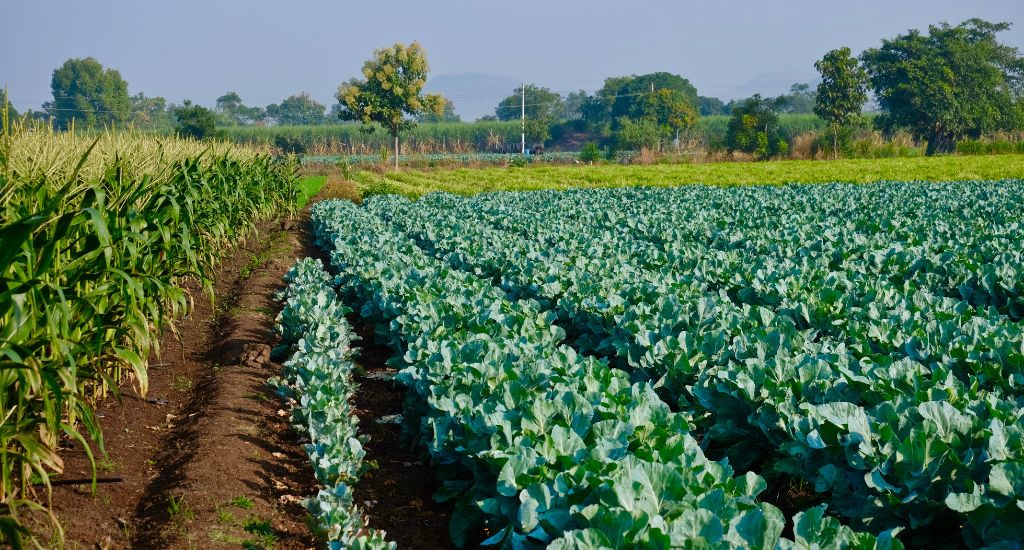
When natural farming is more viable
Realising that pesticides and fertilisers made with local materials are more effective and cheaper, farmers in Rajasthan are switching to natural farming.

Realising that pesticides and fertilisers made with local materials are more effective and cheaper, farmers in Rajasthan are switching to natural farming.
Many farmers across India are shifting to natural farming, given that it is beneficial to human as well as soil health, not to mention the fact that they don’t have to spend on pesticides and fertilisers.
Dineshbhai of Dhakaniya village in Sayla block of Gujarat is one such farmer who has shifted to natural farming.
Dineshbhai’s family of four is solely dependent on agriculture for livelihood.
While practising the conventional method of farming, Dineshbhai was using chemical fertilisers minimally. Still he could not earn enough as the cost of production was high.
He cultivates vegetables on 1.2 acres of his land. But the income from this land was not enough for his family.
“Some people even suggested use of chemical fertilisers and pesticides to increase the yield. But I was not in a position to even afford those,” he said.
Dineshbhai then attended the meeting in which a team from Focused Development Project (a CSR initiative of HDFC) was training farmers in natural farming methods.
Learning about the benefits, he was motivated to start practising natural farming on his farm as soon as the training sessions ended.
“After learning the methods and practices of natural farming, I was able to opt for chemical-free cultivation,” he said.
Since he does not buy chemical fertilisers anymore, his production cost has decreased, leading to an increase in income.
“To control pests on my farm, I have shifted to organic methods, such as using paanch paani kada, jeevamrut, akda nu ark, and others. I use the fertilisers during irrigation by mixing them with water. I use the natural pesticides as spray,” he said.
The project team also installed solar light traps for the farmers.
“There are three solar light traps on my farm. I can see how they are effective in controlling pests in my vegetable crops,” he said.
The solar light traps would have cost the farmer nearly Rs 15,000, if he had to buy them from the market.
“I attended a meeting arranged by the project team wherein I learnt how to create a light trap on my own. I tried to instal it on my farm by extending the wire from my house to the fields, which works the same way as it does in a solar trap. The only cost I incur is the cost of electricity, which I can bear,” said Dineshbhai.
Observing how natural farming is good for the environment and also costs less, Dineshbhai plans to continue practising it.
“I will continue these practices and also try new methods in my fields,” he said.
The lead image shows rows of growing crop plants (Photo from Canva)
Yogesh Dave works as a development organiser in the Focused Development Programme of AKRSP(I)’s Sayla spearhead team.
Neha Gupta is programme specialist (monitoring & evaluation) at Aga Khan Rural Support Program (AKRSP).